Odyssey on the Brahmaputra River
GUWAHATI, INDIA — Asking for God’s blessings prior to a journey is an age-old tradition in India.
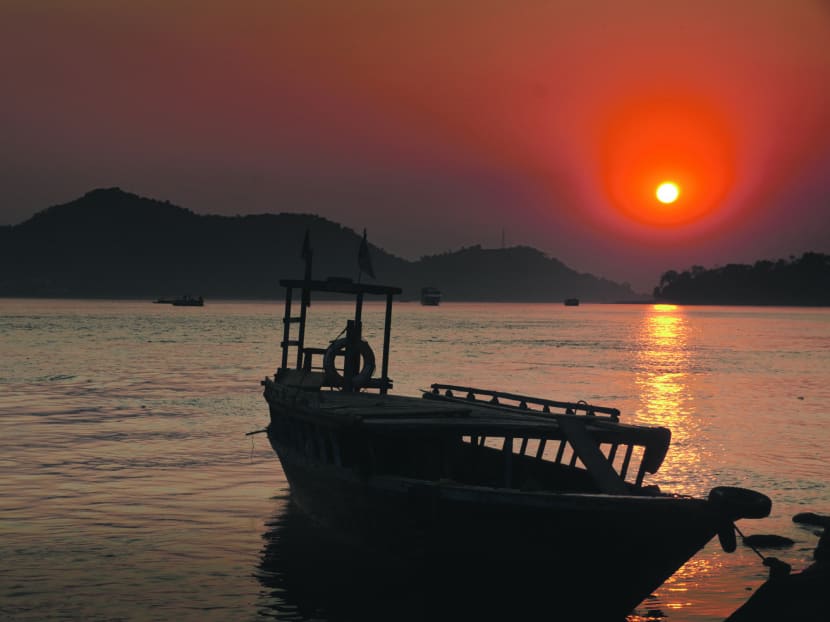
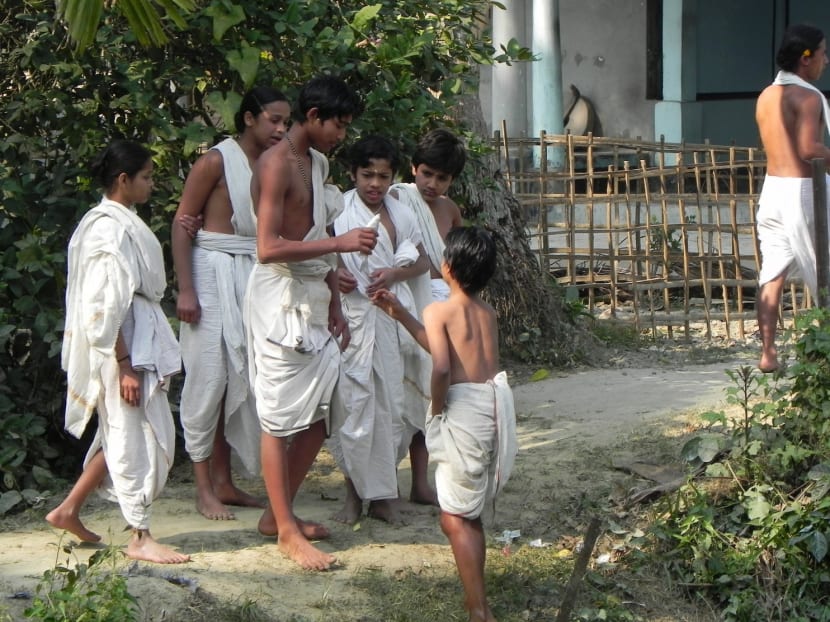
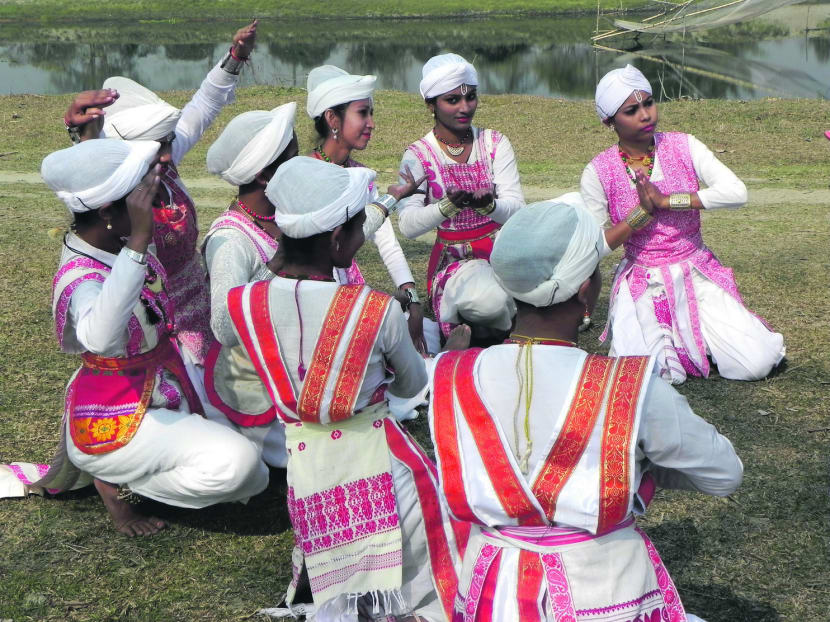
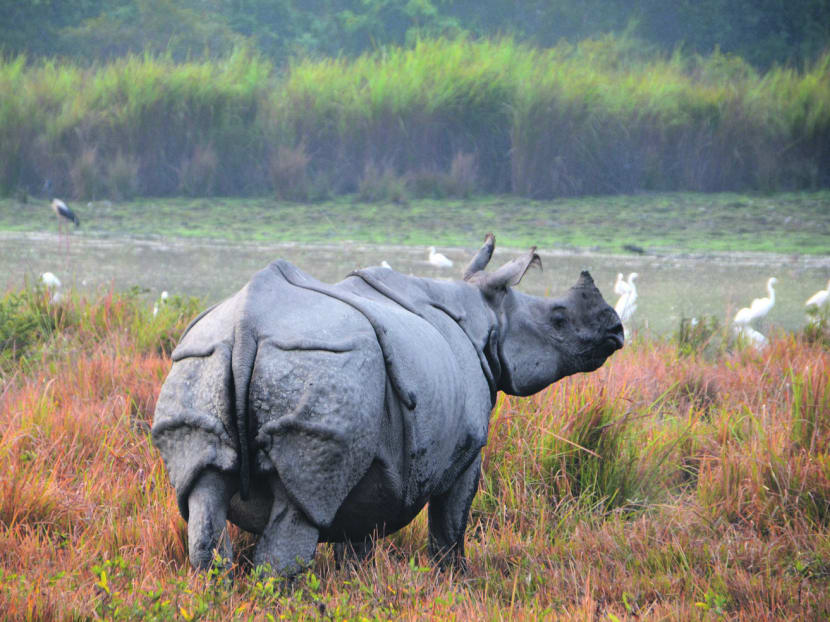
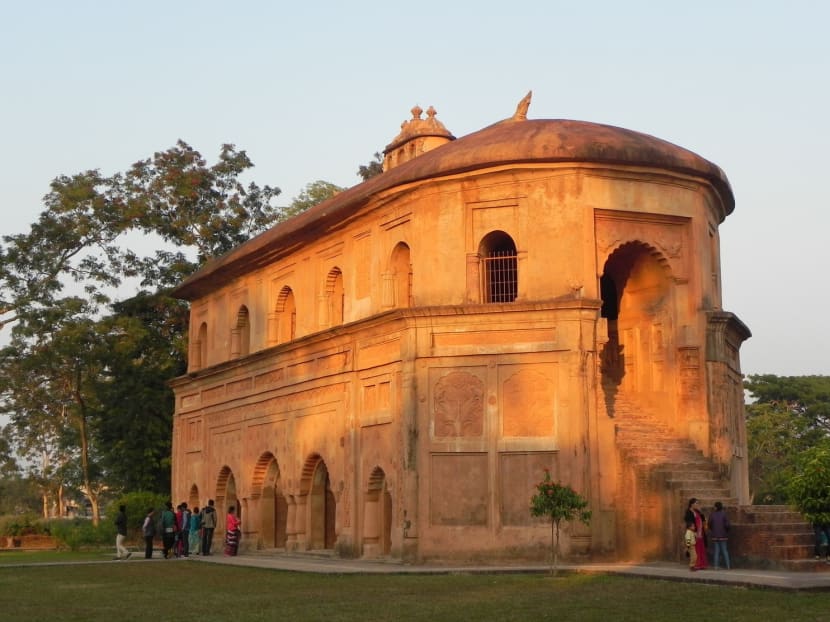
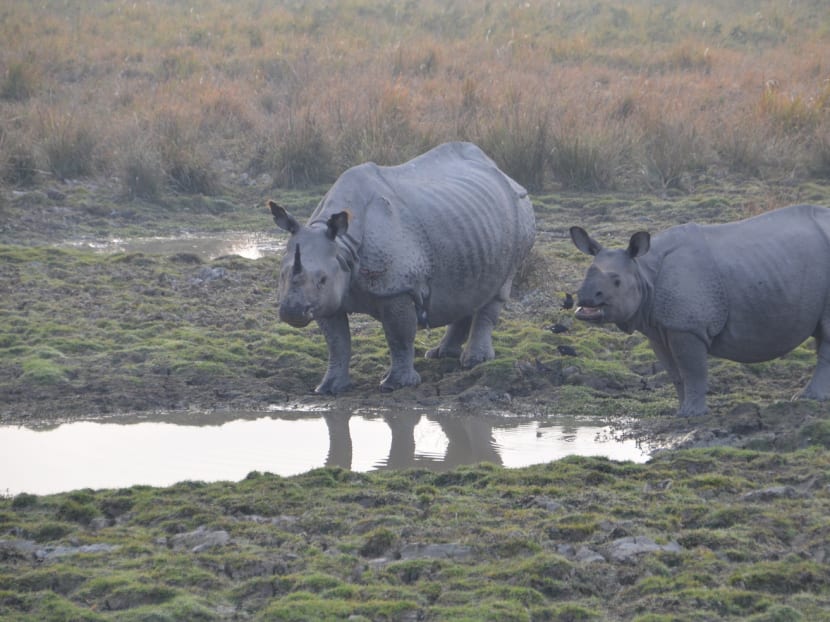
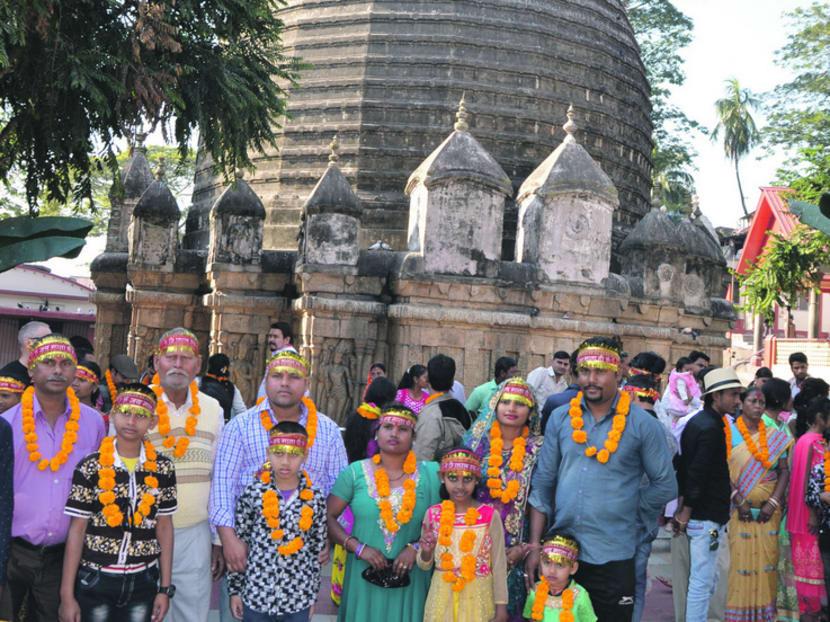
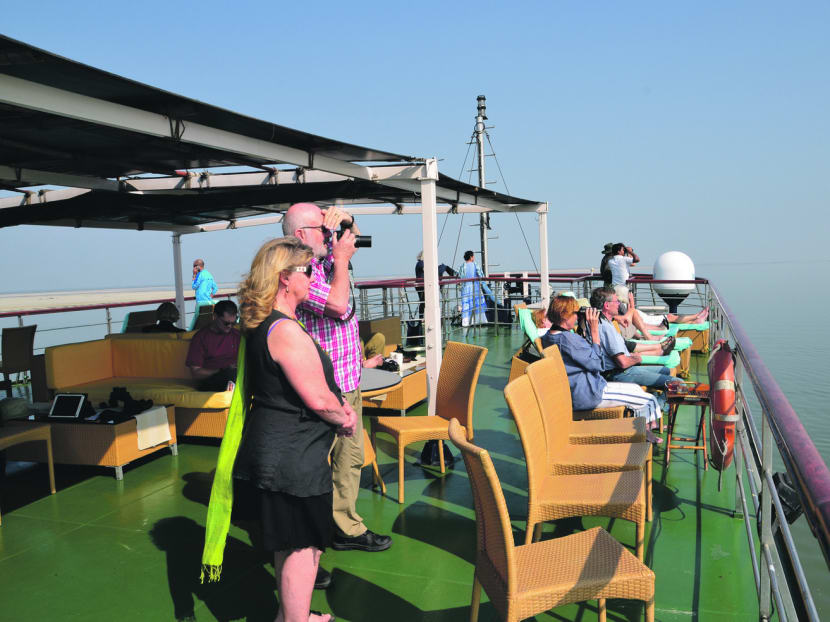
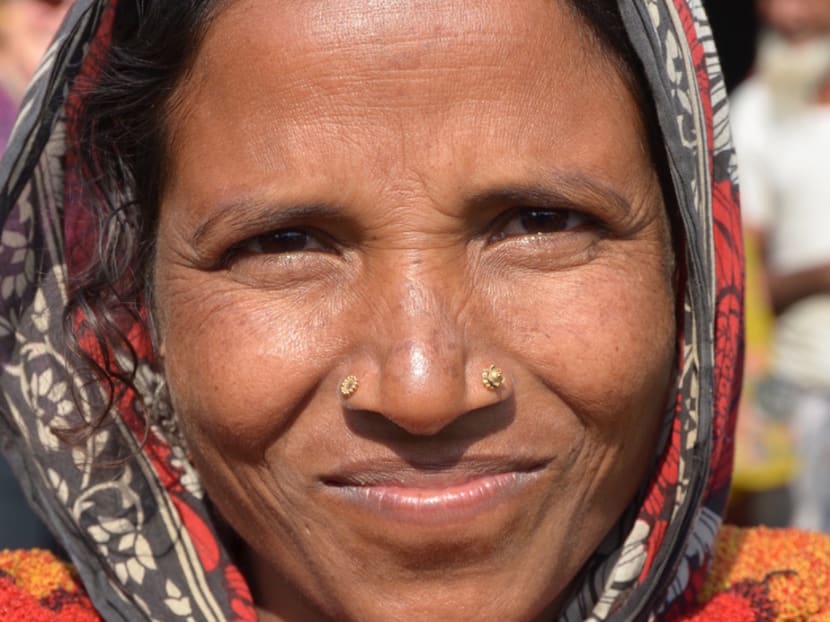
GUWAHATI, INDIA — Asking for God’s blessings prior to a journey is an age-old tradition in India.
Since time immemorial, kings, merchants, traders and explorers have made it a point to visit a temple, mosque or shrine — depending on their faith — to pray for a safe voyage.
Keeping this in mind, we visit the Kamakhya Temple in Guwahati before boarding the MV Mahabaahu for a week-long cruise along the Brahmaputra River.
The river, a fabled, 2,900km-long waterway, is considered one of the holiest on the Indian subcontinent. The river starts its journey from a glacier in the Himalayas in Tibet, and flows through north-east India — mostly through the valleys of Assam — before emptying out into the Bay of Bengal in Bangladesh.
Brahmaputra and Assam are bonded together inextricably, the river nurturing the socio-economic and cultural lives of the millions living along its shores. So, cruising the river means learning about Assam in a very relaxed, tranquil way.
I joined passengers from Australia, Britain, Canada and America on the cruise, which took us upstream from Guwahati, Assam’s main city, to Jorhat, covering a distance of over 570km. Stunning views of nature, and stops to interact with the friendly people of Assam, took us into a peaceful world — far from chaotic, crowded India.
majestic ASSAM
The history of Assam is fascinating. The most illustrious rulers of this land — once said to be inhabited by the Aryans, as well as indigenous peoples such as the Mongoloids and even the Australoids — were from the Ahom dynasty, of Tibeto-Burman origin. They ruled for 600 years until Assam became part of the British Indian Empire in 1826.
We learnt more about the Ahoms and their contributions when we visited Sivasagar. A thriving riverside settlement in medieval times, and once famous as the capital of the Ahom Kingdom, today, it is just a small village.
There are many well-preserved monuments that attest to the glory of the past, most notably the Rang Ghar, one of Asia’s oldest amphitheatres; the Talatal Ghar, an intriguing royal palace complex filled with myths and legends; and Shiva Deul, believed to be India’s tallest temple dedicated to Lord Shiva.
Lecture programmes on board the Mahabaahu offered insights into Assam, its people, and their lifestyles and cultures. The shore excursions then became live examples of what we had absorbed from the talks.
The tribal way of life is a key feature of Assam. We sampled bits of this when visiting the riverside villages, where we would meet friendly locals who were happy to talk to their foreign visitors about how they earn a living and what gives them joy in life.
We experienced their cultural expressions when presented with various types of dance rituals, such as the Bihu and the Jhumur, which are synonymous with Assam.
At the river island of Majuli, we witnessed a dance performance called the Mukha Bhavana, where actors with masks enact an episode from the epic Ramayana.
Majuli is renowned for its satras, or monasteries, where the Neo-Vaishnavite culture (influenced by the Koch and the Ahom kingdoms) was practised by devout monks for centuries.
At the Kamalabari Satra, we watched a high-energy dance ritual performed by a group of monks dressed in traditional white attire.
Assam is famous for its black tea, and so we also visited tea estates where we gained first-hand knowledge on how the tea leaves are processed.
the glory of NATURE
The most exhilarating moments of the voyage were when the ship sailed past the Unesco (United Nations Educational, Scientific and Cultural Organisation) World Heritage-listed Kaziranga National Park, home to over 2,000 greater one-horned rhinoceros as well as elephants, water buffaloes, swamp deer and Royal Bengal tigers.
Almost everyone on the cruise jostled for space on the ship’s upper deck, cameras at the ready. You might even see Ganges river dolphins popping up in the water. We experienced a magical moment when, at dusk, a large elephant — still as a statue — was spotted by the waterfront. The last rays of the sun cast a gentle glow over its massive body as darkness began to engulf the forest behind it.
Our journey included a land trip that took us deep inside the park for closer encounters with the wildlife. No one minded the early-morning wake-up since the agenda included an elephant safari, which started when the rising sun began to colour the grass-laden landscape.
We were taken via jeep into the forest, where rhinos, deer and other animals were also just beginning their day.
Such shore sorties are balanced with on-board time on the Mahabaahu, which was built in 2012 and also offers guests luxurious perks such as spa sessions. There is nothing quite like sitting on deck and watching the sun dip into the water.
Yoga sessions in the morning, and a stay in one of the 23 centrally air-conditioned state rooms — with elegant decor and ameneties that have the luxury-minded traveller in mind — helped to recharge my batteries.
But most of all, I left the experience more knowledgeable on incredible Assam, and filled with memories of the journey of a lifetime.
Getting There: Singapore Airlines (www.singaporeair.com) flies daily from Singapore to Kolkata. From there, take an internal flight to Guwahati or Jorhat with Jet Airways (www.jetairways.com), one of India’s top domestic carriers.
The MV Mahabaahu operates from October to March. For dates, itineraries and pricing, visit www.mahabaahucruiseindia.com
Far Horizon Tours (www.farhorizonindia.com) can help with bookings and other travel arrangements in India.





